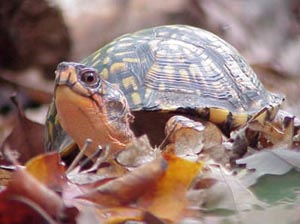
by Kalyn Waters | Apr 29, 2022

Box Turtle. Photo Credit J.D. Willson, University of Georgia
Growing up, or even as an adult there is something exciting about seeing a turtle on the road! We always want to stop and check it out or even help it across. Box Turtles are common in all parts of the southeastern United States. There are four subspecies of box turtles that can be found east of the Mississippi River. Here are three interesting topics about our common box turtles:
Reproduction
With spring in the air and the temperatures rising, they are on the move. There movement is in part due to spring being the beginning of their mating season. In the southeast males and females will mate from spring into the fall. Males will mate with one or multiple females. Amazingly females can lay fertile eggs up to four years following one successful mating! Normal incubation of the eggs typically takes three months.
Lifespan
Box turtles are well developed at birth. As soon as the hatch the start to mature and will grow at a rate of about ½ an inch per year for the first five years. While growth slows dramatically after that, they will continue to grow until they are about 20 years old. It is believed that some box turtles will live to be over 100 years old.
Home Range
While our box turtle friends live a long time, they are homebodies! Their entire home range is typically 250 yards in diameter or less. It is normal to see an overlap of home ranges for box turtles, regardless of sex or age. Keeping in mind the small home range of turtles and their limited ability to travel long distances, you should never pick them up and take them to a new area. If they are crossing a road, only set them to the other side, do not relocate them. In addition, turtles found crossing the roads in June and July are likely pregnant females. These females are likely searching for a nesting site when they are found.
As we move into spring and summer, turtles will become more active. Keep in mind that we should always leave turtles in the wild. They live longer healthier lives and can contribute to their breeding population. Likewise, you should never release a captive turtle into the wild as it will likely not survive and may introduce diseases.
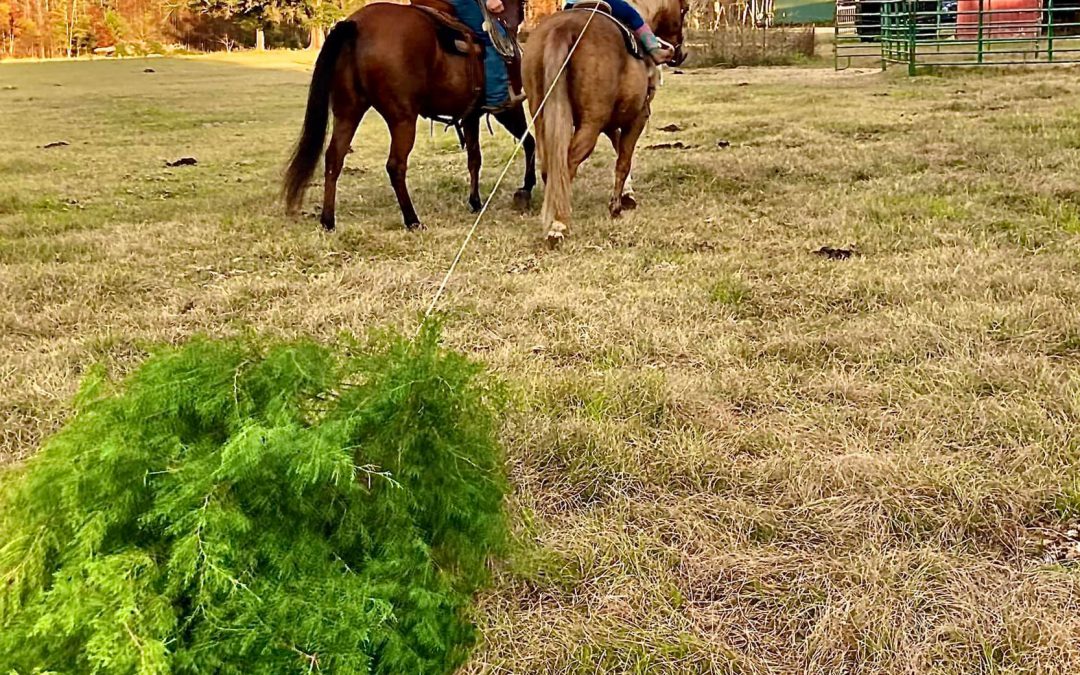
by Kalyn Waters | Dec 17, 2021
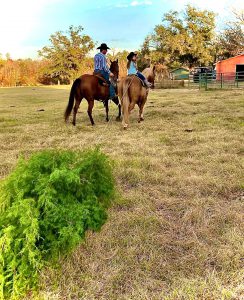
A family tradition of cutting a fresh tree is something Americans have done for generations.
There is something special about the traditions of a live Christmas tree. For many families the tradition of cutting and decorating the tree is the prefect start to the holidays. But after you are done decking the halls and hanging the tinsel most of the 13 million Americans who have a live Christmas tree all find themselves asking the questions of “what to do with it?”. There is the ever-popular bonfire, while exciting, it burns in seconds and the excitement is over, so why not allow your Christmas tree to continue to give back all year round?
Did you know that Christmas trees make great habitat for fishponds? By sinking the tree into the depths of your fishpond you can increase the complexity of the aquatic habitat. The woody debris provides a place for aquatic macroinvertebrates to live. In addition, increasing and improving the habitat availability of your fishpond will increase the health and diversity of it. Over time your tree will begin to host new vegetation which will attract small insects, snails, and crawfish. This is a buffet for bait fish and in turn will also attract larger predator species for you to catch. While the needles of the tree will likely be gone in about three months, some trees have been found up to ten years later.
Here are the steps for recycling your tree:
- Remove all ornaments, tinsel, and other manmade products from the tree (do not use artificial trees).
- Place a weight of some type of the trunk of the tree. This can be done by adding cement in a 5-gallon bucket or with other weighted items such as a cinder block. This should be attached with wire, as most ropes will deteriorate over time.
- Ideally the tree is placed upright in an area of the pond that is deep enough to cover the entire tree, when upright. Keep in mind that water levels will change of the year, and you want to place the tree somewhere it will be submerged all year.
- When picking your location remember that placing the tree in areas of the pond with limited bottom habitat will increase its effectiveness. If you have a fish finder, use it to determine the areas of your pond that are lacking bottom cover.
- Ideally, over the years you will place trees in a clustered area. This tends to be more effective at attracting fish than a single tree.
For every avid fisherman, recycling your Christmas tree is truly a gift that will keep on giving. While the holidays seem to fly by, your sunken tree will continue to provide an improved habitat for the fish and in a short time will become a support structure for your aquatic food chain, and that’s something even ole’ Saint Nick would be excited about!
*IMPORTANT INFORMATION: this should only be done in privately owned ponds. Before adding anything to public waters you should contact your local Florida Fish and Wildlife Conservation Commission officer. For more information on fish attractants visit FWC website at: FWC Fish Attractors
by Kalyn Waters | Sep 9, 2021
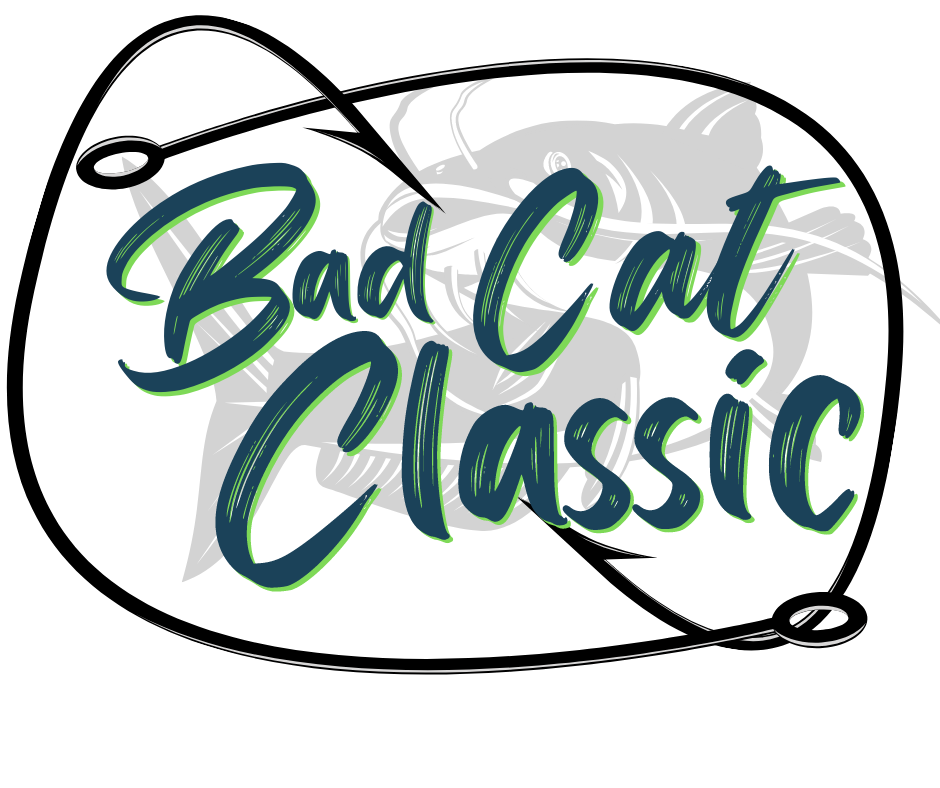 On September 25, 2021 the Bad Cat Classic Catfishing Tournament will be hosted on the Choctawhatchee River. The mission of the tournament is to get kids outdoors and involved in natural resources conservation, while spending time with positive mentors, and what better way to do that than with a rod and reel.
On September 25, 2021 the Bad Cat Classic Catfishing Tournament will be hosted on the Choctawhatchee River. The mission of the tournament is to get kids outdoors and involved in natural resources conservation, while spending time with positive mentors, and what better way to do that than with a rod and reel.
The tournament will consist of three person teams, with one member of the team being 16 years of age or younger. Teams will fish from boat on the Choctawhatchee River. Tournament Headquarters will be the Caryville Boat Ramp on Hwy 90. The tournament will start at 6 PM CST on September 25th and fishing will wrap up at 8 AM CST on September 26th with weigh-ins to follow.
The Bad Cat Classic is one of a series of programs that is hosted with the mission to involve youth in outdoor recreation and conservation. All proceeds from this contest will go to the Randy Adams Memorial with the mission to purchase lifetime hunting & fishing licenses for kids in the Holmes County, FL.
IMPORTANT LINKS
Rules and Regulations
Team Entry Form
Big Cat and Target Wt. Entry Form
For more information please call Kalyn Waters, UF/IFAS Extension Holmes County at 850-547-1108. All contest information and updates can be found at the Holmes County Outdoor Expo Facebook Page.
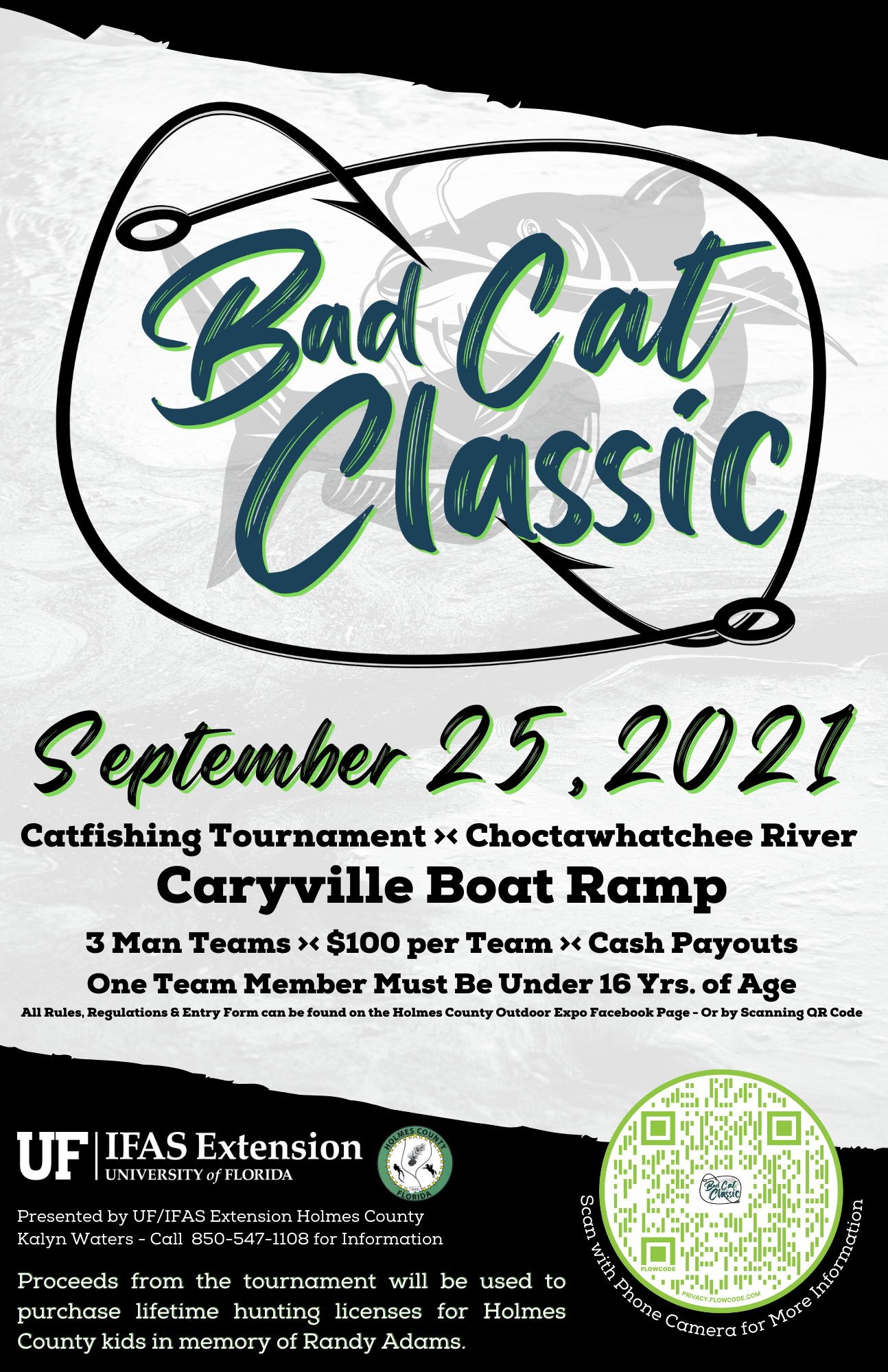
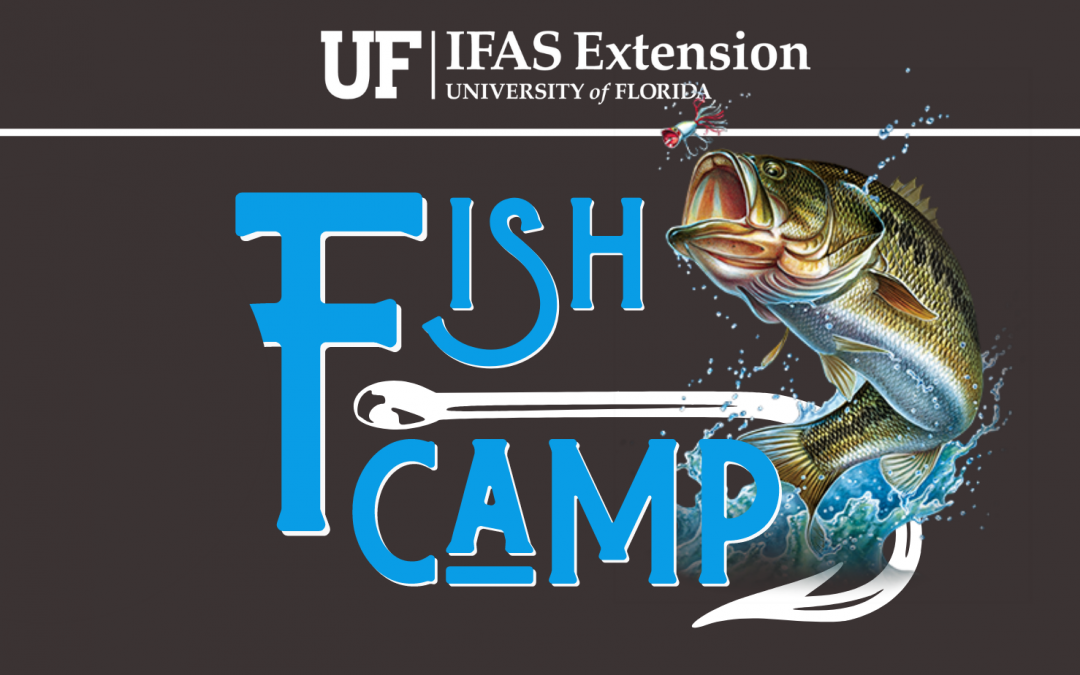
by Kalyn Waters | Jun 3, 2021
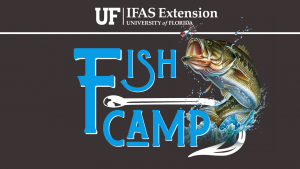 There are few things better than fishing, especially when you are catching fish! Taking time to manage your fish pond can make a tremendous difference in the quality of fishing you will have. In this session of Fish Camp we are joined by Dr. Chuck Cichra to learn about basic strategies to mange your pond for great fishing.
There are few things better than fishing, especially when you are catching fish! Taking time to manage your fish pond can make a tremendous difference in the quality of fishing you will have. In this session of Fish Camp we are joined by Dr. Chuck Cichra to learn about basic strategies to mange your pond for great fishing.
Dr. Cichra walks pond owners through pond development, management and stocking strategies that take your fishing from good to great. To view the webinar in full go to Managing For Great Fishing

by Kalyn Waters | Jun 3, 2021
 Weeds in our pond can be a real issue. However, much of the vegetation in our pond is beneficial to its overall health. In this edition of Fish Camp Dr. James Leary walks pond owners through the process of identifying problem plants and developing a management plan.
Weeds in our pond can be a real issue. However, much of the vegetation in our pond is beneficial to its overall health. In this edition of Fish Camp Dr. James Leary walks pond owners through the process of identifying problem plants and developing a management plan.
Once a plan is in place, pond owners should be able to manage the vegetative growth of their ponds to ensure that both native and stocked aquatic life have a healthy food source to thrive on, but also that your fishing experience is not hindered by aggravating weeds.
In this webinar you will learn:
- How to identify what plants are in your pond
- How to develop an action plan for your weed management
- How to manage dissolved oxygen to avoid a fish kill
- And more
Please use this link to view the webinar in full: Fish Camp: Aquatic Weed Management







